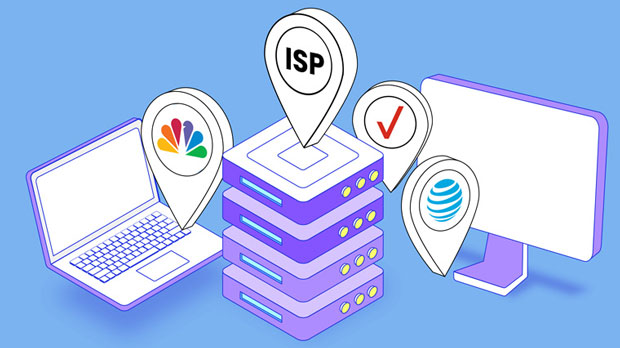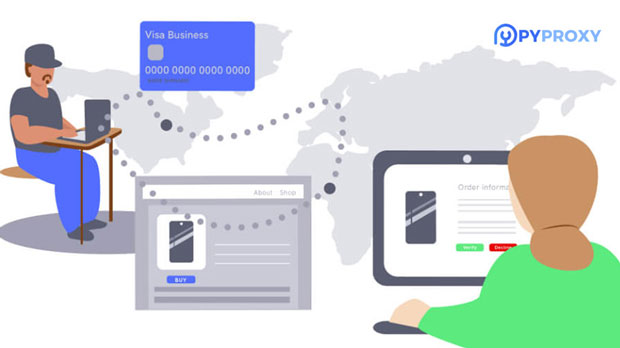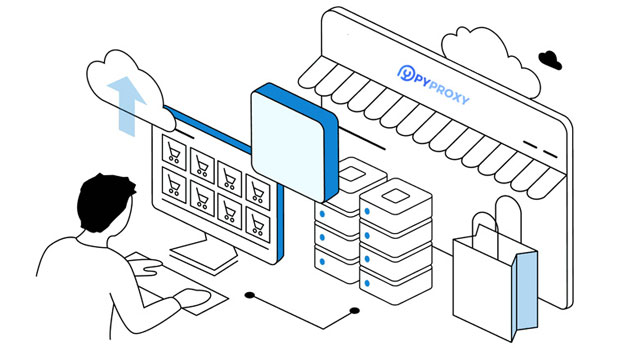How to buy high quality SOCKS5 proxies through proper channels?
In today's digital age, privacy and security are top concerns for internet users, and socks5 proxies are increasingly popular for those seeking anonymity and bypassing geographical restrictions. However, when it comes to acquiring these proxies, it is crucial to go through legitimate channels to ensure quality, reliability, and security. This article will provide a comprehensive guide on how to purchase high-quality SOCKS5 proxies, detailing key factors such as how to identify reputable sources, what to consider before purchasing, and steps to ensure you get the best service. Understanding SOCKS5 Proxies: What Makes Them Unique?Before diving into how to purchase a high-quality socks5 proxy, it's essential to understand what makes SOCKS5 proxies distinct. SOCKS5 is the latest version of the SOCKS protocol, which is widely used for handling internet traffic in a more flexible and anonymous way. Unlike HTTP or HTTPS proxies, SOCKS5 does not rewrite or alter data packets, allowing for better compatibility with various internet applications, such as peer-to-peer file sharing and online gaming.Some of the core benefits of using a SOCKS5 proxy include:1. Anonymity – SOCKS5 proxies mask your real IP address, helping to protect your identity online.2. High Compatibility – These proxies work with a variety of internet services, including web browsing, streaming, and torrents.3. Speed – Since SOCKS5 proxies do not modify data packets, they tend to offer higher speeds compared to other proxy types.4. Security – SOCKS5 supports authentication methods, providing an additional layer of security during your browsing sessions.Understanding these benefits will help you make an informed decision when purchasing SOCKS5 proxies.Identifying Legitimate Sources for SOCKS5 ProxiesWhen it comes to purchasing SOCKS5 proxies, identifying legitimate and trustworthy sources is crucial. There are several ways to identify a reputable provider:1. Reputation and Reviews: Research online forums, tech blogs, and user reviews to learn about the experiences of others with different providers. Consistently positive feedback can indicate a provider’s reliability, while negative reviews may signal issues with service quality or security. 2. Transparency: A trustworthy provider will offer clear, transparent information about their services, including detailed descriptions of the proxies, pricing models, and terms of service. They will also have a clear privacy policy in place.3. Trial Period: Many legitimate SOCKS5 proxy providers offer trial periods or money-back guarantees. This allows you to test the service for a limited time and assess whether it meets your needs.4. Customer Support: Reliable customer support is a critical aspect of any service. A reputable proxy provider will offer multiple communication channels, such as email, live chat, or a dedicated support portal, and be responsive to inquiries.5. Security Features: Ensure the provider offers encryption for data transmission and has measures in place to prevent potential security breaches. The ability to authenticate your connection with the proxy is another key security feature.Factors to Consider Before Purchasing SOCKS5 ProxiesBefore purchasing SOCKS5 proxies, there are several important factors you should consider to ensure you are getting the best service for your needs.1. Proxy Location: The location of the proxies plays a significant role in how well they will suit your needs. For example, if you need to access content from a specific country, you should select a provider that offers SOCKS5 proxies from that region. 2. Bandwidth and Speed: The bandwidth and speed of the proxies are crucial for ensuring a smooth browsing experience, especially if you plan on using them for activities such as streaming, gaming, or downloading large files. Ensure the provider offers high-speed connections that will meet your usage demands.3. Proxy Pool Size: A large proxy pool means more options to choose from, which can help reduce the chances of your IP being blocked. Some services may offer exclusive, private proxies, while others provide shared proxies, each with its pros and cons.4. Pricing and Payment Options: Pricing is an important factor when purchasing proxies, but it should not be the only factor. Quality proxies typically come at a higher cost, so it’s important to find a balance between price and performance. Be sure to check for hidden fees, such as setup costs or additional charges for premium features.5. Compatibility with Your Use Case: Depending on your use case (e.g., browsing, streaming, or gaming), ensure that the SOCKS5 proxies are compatible with the services you intend to use. For example, some proxies may not work with specific streaming platforms or software.Steps to Ensure You Are Getting High-Quality SOCKS5 ProxiesOnce you’ve selected a legitimate provider and considered all the factors above, there are several steps you can take to ensure that the SOCKS5 proxies you purchase are of high quality:1. Test the Proxies: If the provider offers a trial or money-back guarantee, take advantage of this to test the proxies. Check for things like speed, reliability, and whether the proxies successfully bypass geographical restrictions.2. Check for IP Rotation: Some services offer rotating proxies, which change your IP address regularly. This can help avoid IP blocks when using the proxies for activities like scraping or accessing restricted content. 3. Ensure No Logs Are Kept: For privacy reasons, it's essential that the proxy provider does not keep logs of your activities. Make sure their privacy policy explicitly states that they have a no-logs policy.4. Monitor the Proxy’s Performance: Even after purchase, continue to monitor the performance of your proxies. Track speed, reliability, and any issues that arise during use. If problems persist, contact customer support for assistance.Final Thoughts on Purchasing High-Quality SOCKS5 ProxiesIn summary, purchasing high-quality SOCKS5 proxies requires careful consideration of several factors, from the legitimacy of the provider to the specific features that will best suit your needs. By understanding the core benefits of SOCKS5 proxies, identifying reliable providers, considering essential purchasing factors, and ensuring the proxies meet your performance expectations, you can make an informed decision and enjoy secure, fast, and anonymous internet usage.By following these guidelines, you can avoid subpar services and ensure that the SOCKS5 proxies you purchase will provide the functionality, security, and reliability you need.
2025-01-09

























































